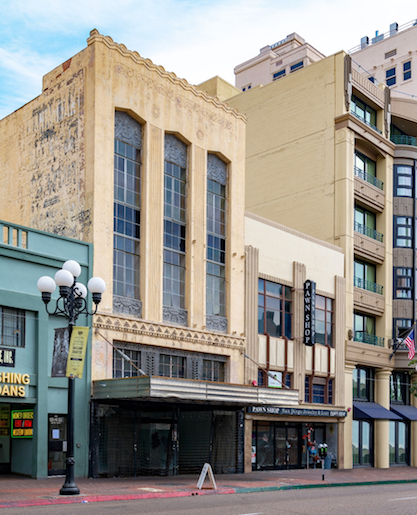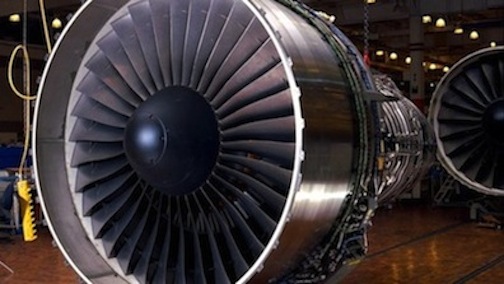Daily Business Report-Nov. 27, 2015
Frances Prado (above) and Melinda Silva, founders of Hanging Secrets, are among the competitors in the InnovateHER San Diego business challenge.
Female Entrepreneurs to Compete
Monday at Business Challenge


Fifteen San Diego women have been selected to pitch at Hera LABS and CONNECT’s InnovateHER San Diego business challenge on Monday. They will present their business ideas — from stylish sportswear to healthy dining options.
The winner from the challenge will advance to the national Small Business Administration’s InnovateHER 2016 challenge in Washington D.C. next March, where they’ll compete for one of three top prizes totaling $70,000, provided by Microsoft. Organizers hope to unearth innovative local products and services that impact the lives of women.
“Women play an important role in the workforce now more than ever, making up more than half (57 percent in 2013) of our nation’s labor force. They also continue to play a vital nurturing role as mothers, daughters and wives in the U.S. home,” said Silvia Mah, founder of San Diego-based Hera LABS. “We’re proud to be advocating for innovative ideas in San Diego that will make women and children’s lives easier so that the entire family can have more joy, peace and connection.”
More than 75 local women entered the contest, with the following earning a spot in the InnovateHER San Diego challenge:
• eDAgency, founded by Kathryn Ellis
• Sash Group Inc., founded by Nichole MacDonald
• Mettano Designs, founded by Monetta Plassmeyer
• Prodigi Kids, founded by Karen M. Kart
• Greaser Gal, founded by Raven O’Neal
• Car’s Jars, founded by Carly McHenry
• Hanging Secrets, founded by Frances Prado and Melinda Silva
• Melinda’s Front Porch, founded by Melinda Pajak
• Cogtoolz LLC, founded by Christina Holub
• Tending, founded by Meghan Tartell
• Vivacity Sportswear, founded by Vivian Sayward
• Nurturly, founded by Whitney Mullen
• Once Upon A Farm, founded by Cassandra Curtis and Ari Raz
The public is invited to attend the local challenge, which will take place from 5:30 to 7:30 p.m. at Hera Hub Sorrento Valley at 4010 Sorrento Valley Blvd., No. 400, San Diego.
_________________________________________________
UC San Diego Among 13 Universities
Chosen by NASA for Research Grants
UC San Diego is among 13 universities chosen by NASA to receive grants worth up to $500,000 each to conduct studies on early-stage technology platforms for up to three years under the agency’s Space Technology Research Grants Program.
The space agency selected 15 research proposals that cover various technologies, such as payload devices for assistive free-flyers, integrated photonics for optical space communication and atmospheric entry modeling using the Orion spacecraft’s Exploration Flight Test 1 data.
“NASA’s Early Stage Innovations grants align with NASA’s Space Technology Roadmaps and the priorities identified by the National Research Council, helping enable NASA’s exploration goals including robotic missions to Mars and the outer planets, and ultimately human exploration of Mars,” said Steve Jurczyk, associate administrator of the space technology mission directorate at NASA.
UC San Diego’s proposal: Integrated Photonics for Adaptive Discrete Multi-Carrier Space-based Optical Communication and Ranging.
Besides UC San Diego, awardees include: Carnegie Mellon University, Columbia University, Illinois Institute of Technology, Northwestern University, Rose-Hulman Institute of Technology, Stanford University, UC Santa Barbara, University of Illinois, University of Kentucky, University of Maryland, University of Minnesota, University of Virginia. Columbia University and the University of Maryland each have two approved project proposals.
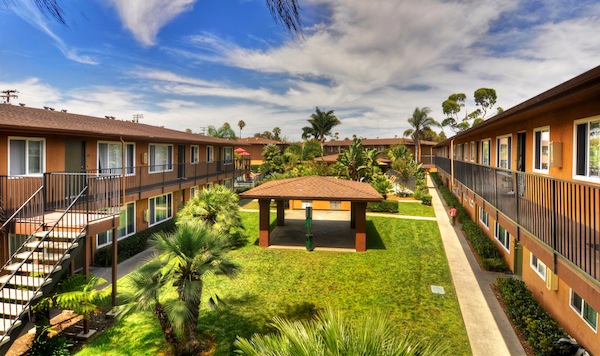
Oceana Apartment Homes Sells for $18.2 Million
Oceana Apartment Homes, a 100-unit apartment community at 180 Canyon Drive in Oceanside, has been sold for $18.2 million to The Apartment Company. The seller was Fowler Property Acquisitions.
Oceana, built in 1970, features newly renovated one- and two-bedroom apartment homes with dual-panel windows and mirrored closet doors. Select units have private backyard patios. Community amenities include controlled access, on-site laundry facilities, a tot lot, a furnished sundeck, barbecue and dining areas, reserved gated parking and a swimming pool.
Institutional Property Advisors, a division of Marcus & Millichap, represented the seller in the transaction.
Henry Abarbanel Reappointed
To Water Quality Control Board
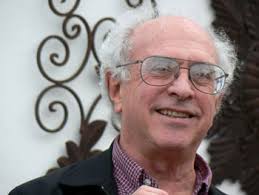
Gov. Jerry Brown has reappointed Henry Abarbanel, 72, of Del Mar, to the San Diego Regional Water Quality Control Board, where he has served since 2011. Abarbanel has been a professor of physics at the University of California, San Diego and a research physicist at the university’s Scripps Institution of Oceanography since 1983. He served as a member of the Del Mar City Council from 2000 to 2008 and from 1992 to 1996. Abarbanel earned a Doctor of Philosophy degree in physics from Princeton University. The position requires Senate confirmation and the compensation is $100 per diem. Abarbanel is a Democrat.
____________________________________________
COMMENTARY
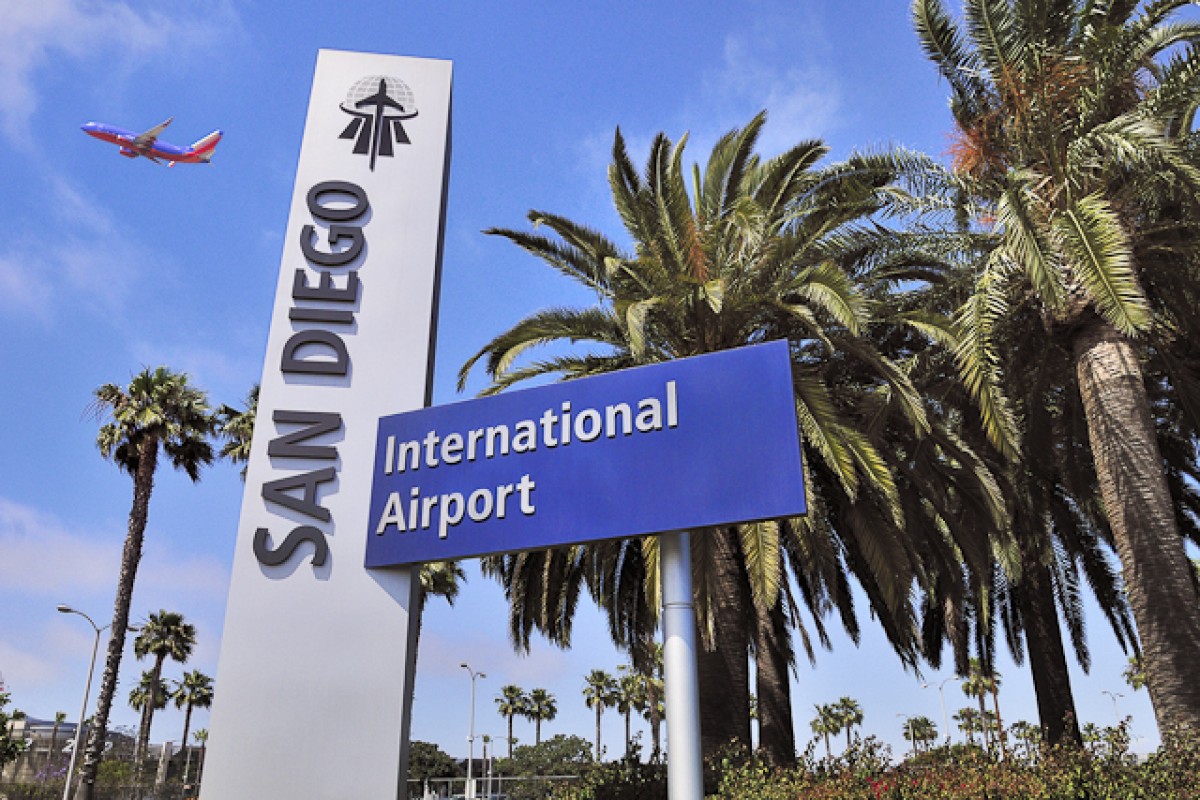
The Little Economic Engine That Could
By Robert H. Gleason
San Diego County’s aviation history is storied and deep, which gives November — National Aviation History Month — special meaning. This is especially true for San Diego International Airport, which is the centerpiece of much of that history.
Today, the airport is 87 years old and still in its original location. But what started as a bare dirt field is today a $9 billion economic engine sitting on only 661 acres.
Call it, “The Little Economic Engine That Could.”
The story of this economic engine goes back to 1883 when John Montgomery conducted the first controlled flight with a heavier-than-air craft (a glider), over Otay Mesa. This was two decades before the Wright Brothers took off at Kitty Hawk.
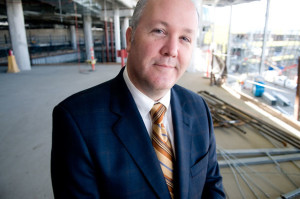
As aviation caught on, San Diego’s perfect weather was so well suited for flying that aviators flocked here.
The Navy saw the promise of the first successful seaplane flight in 1911 (in San Diego), and North Island became “the birthplace of Naval aviation.”
And San Diego was known for building breakthrough aircraft, including Charles Lindbergh’s “Spirit of St. Louis,” which made the first nonstop flight across the Atlantic Ocean.
Air mail took hold, putting new pressure on existing airfields across the country.
In 1915, the Panama-California Exposition fired up a civic desire to open San Diego’s doors to visitors from far away, highlighting San Diego as the first port of call for ships traversing the newly opened Panama Canal.
All of that inspired city leaders to begin the work that led to a new airport.
In 1922, the Chamber of Commerce asked the Harvard architect engaged to create a master plan for San Diego to site a civilian airport. His conclusion — on San Diego Bay near Laurel Street.
That location was close to the heart of the city, the main post office, rail and other transportation, with the Bay providing a safe approach access.
The site was affirmed in 1925, work began in 1926, and, in 1928, the airport officially opened for business.
During World War II, San Diego’s aviation industry boomed, attracting an influx of people and forever changing the region. Military aircraft construction reached a fever pitch and, at one point, a B-24 Liberator airplane was completed every eight hours.
After the war, a broader aerospace industry helped define San Diego. Our home town airline, Pacific Southwest Airlines, launched its first flight on May 6, 1949.
By the late 1960s, 10 percent of the workforce was employed in aerospace, working on missiles, computer systems, electronics, composite materials and more.
Today, San Diego International Airport earns its name. With nonstop service to 61 destinations, it is San Diego’s gateway to the world. Our three major economies — tourism, the military and innovation — depend on our airport.
And the story of our airport’s evolution continues.
1998 — The Terminal 2 expansion opens, and work on a new master plan for the airport begins.
2006 — A ballot measure to move the airport is defeated, forcing reconsideration of the existing site for the long-term.
2013 — The expansion of Terminal 2, with 10 new jet gates, double-deck roadway, new concessions, improved security access and more opens.
Because the airport is not moving in the foreseeable future, the Airport Authority continues to look ahead and plan for literally every square foot of the 661 acres we have to work with today.
The Airport Development Plan currently under way includes replacement of Terminal 1 and other amenities to reduce congestion and improve access.
Airports are generally self-supporting, and the vast majority of our revenue comes from money we generate ourselves from a variety of sources, including passenger ticket fees, airline landing fees, rental car fees, restaurants, shops and parking.
The Airport Authority works hard to be a good steward of the public funds we do receive. Our revenues are continually reinvested into this enduring enterprise for ongoing improvements. We like to say, “We don’t make a profit; we make a better airport.”
As we continue improving the little economic engine that could, we will seek sufficient and appropriate revenue sources. San Diego deserves the best airport we can provide … an airport that will continue to be at the hub of aviation history as it unfolds for future generations.
Robert Gleason is chairman of the Board of the San Diego County Regional Airport Authority.


